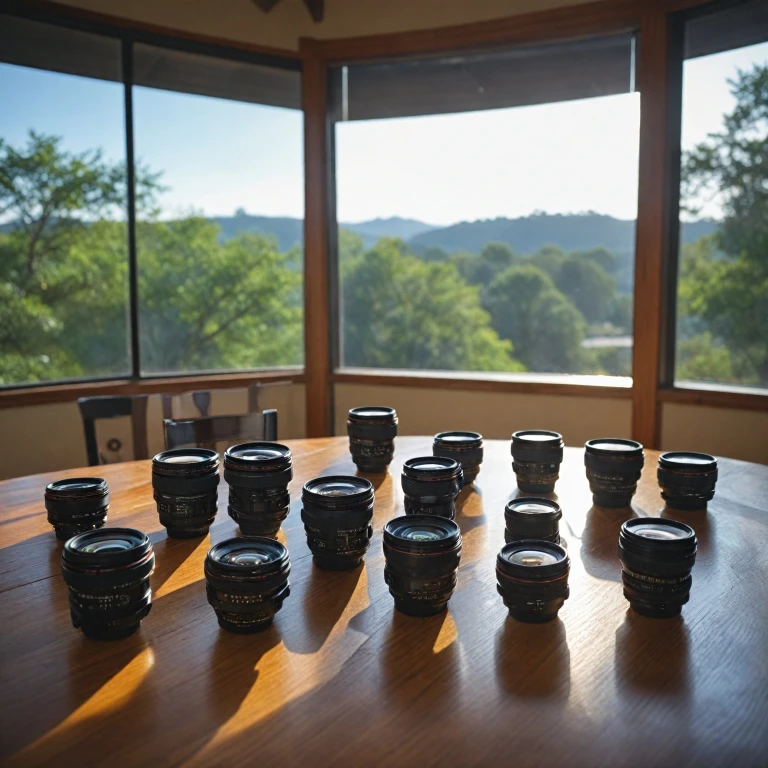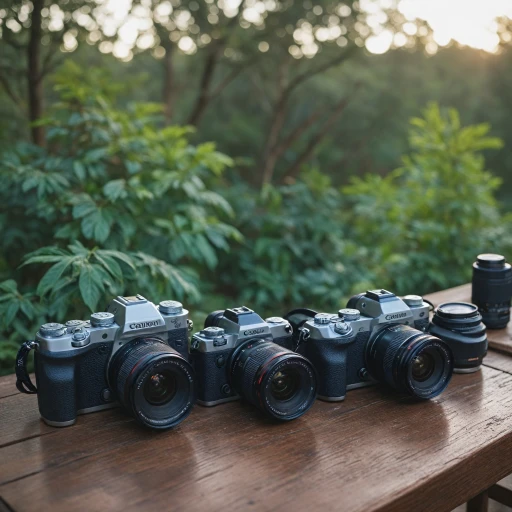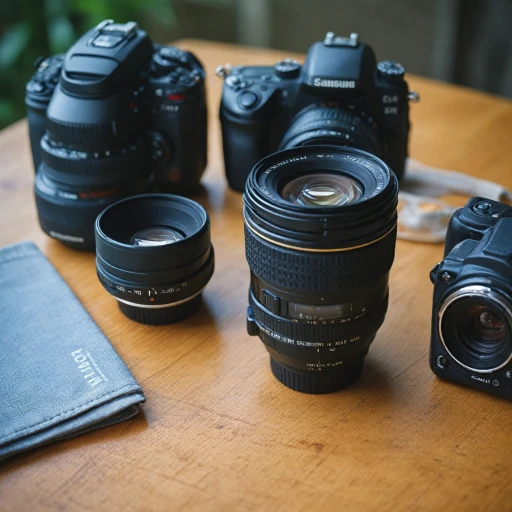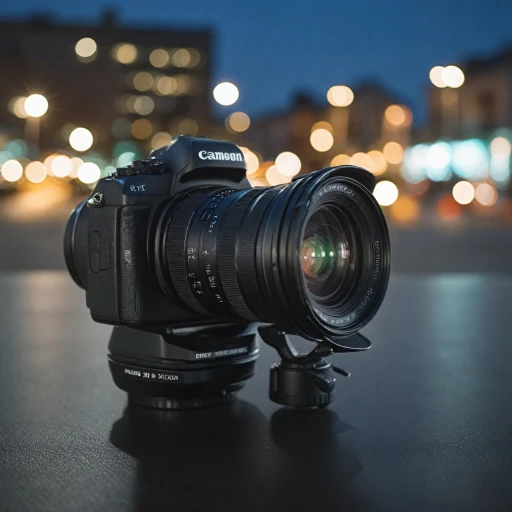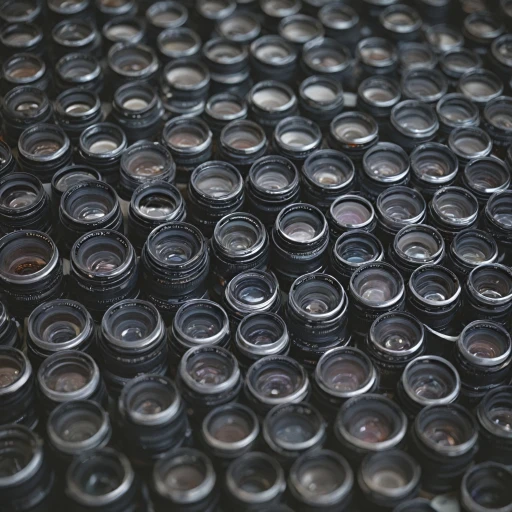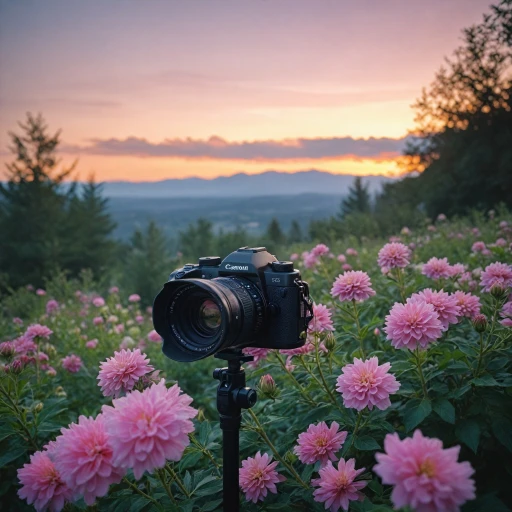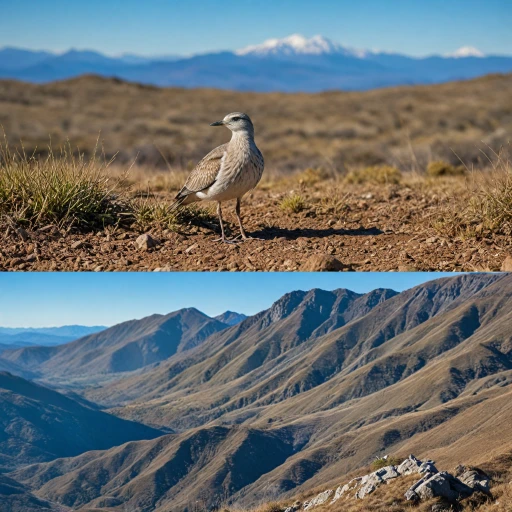
Understanding Fisheye Lenses
Demystifying the Fisheye Lens
When diving into the realm of photography, one might come across the intriguing term "fisheye." This unique type of lens offers photographers a chance to explore ultra wide perspectives and capture stunning images with a dramatic twist. Unlike conventional wide angle lenses, fisheye lenses have a distinct curvature that gives them their signature look. They can transform the familiar into the extraordinary by curving straight lines and expanding the field view.
Fisheye lenses, especially those offered by brand canon, are engineered to work harmoniously with canon mount options, including those compatible with the eos system. Mounting a fisheye lens onto a canon eos camera changes your perspective entirely, providing a full-circle view that’s nearly impossible with standard lenses.
The particular charm of a fisheye lens lies in its capacity to stretch vision beyond ordinary limits, creating an angle lens effect that marries the bizarre and the artistic. It is especially valued in various photography genres such as landscapes, architecture, and even modern portrait setups. By comparing the unique experience provided by both prime and zoom lenses, you can better appreciate why fisheye lenses hold an indispensable position in a photographer’s toolkit.
The features of a dual fisheye or fisheye usm lens permit photographers to bend reality in a captivating manner, influencing not only the outcome but also the overall feel of the photograph. Whether employed in professional photography settings or casual photography, these lenses offer notable diversity in creativity and execution.
Benefits of Using a Canon Fisheye Lens
Unveiling the Advantages
A Canon fisheye lens provides a unique perspective, offering a distinct visual flair that can breathe new life into your photography. Here’s why incorporating a fisheye lens into your photographic arsenal can be a game-changer:
- Wide Angle View: The extreme wide angle field of view is a hallmark of fisheye lenses. This results in a broad and creative canvas, capturing a wider scene than standard lenses. Canon’s offerings like the Canon EOS fisheye and zoom lens collections are well-renowned for this feature.
- Full Frame Coverage: Fisheye lenses optimized for Canon EOS full frame cameras can provide impressive imagery. The quality and detail articulated through the ultra wide-angle perspective are often unmatched.
- Artistic Distortion: Fisheye lenses offer an angle of distortion that’s used artistically to emphasize elements within a scene. For photographers looking to convey dynamic motion or an abstract viewpoint, this distortion is invaluable.
- Compatibility with Canon Mount Systems: Designed for seamless integration, Canon fisheye lenses fit effortlessly within the EOS system, offering compatibility and ease of use.
- Versatile Use: Whether capturing landscapes, architecture, or immersive astrophotography, the versatility of a fisheye lens allows for endless creative applications, pushing boundaries with every shot.
The understanding of lens compatibility is crucial when selecting the right equipment, ensuring that your Canon mount and fisheye lens is the best fit for your EOS system cameras.
Choosing the Right Canon Fisheye Lens for Your Needs
Finding the Perfect Match for Your Photography Style
Choosing the right Canon fisheye lens involves considering several factors that align with your photography style and needs. Canon offers a range of fisheye lenses, each designed to provide unique perspectives and creative possibilities. Here’s how you can make an informed decision:
- Understand Your Camera System: Ensure compatibility with your Canon EOS system. Whether you have a full-frame or an APS-C sensor, the mount type is crucial. Canon’s fisheye lenses are designed to fit various EOS cameras, so check the lens mount specifications.
- Determine Your Budget: Price can be a significant factor. Canon offers a variety of fisheye lenses at different price points. Consider what features are essential for you, such as image stabilization or a wide aperture, and balance these with your budget.
- Consider the Field of View: Fisheye lenses are known for their ultra-wide angle capabilities. Decide how much distortion and field of view you want. A 180-degree angle lens offers a dramatic effect, while a slightly narrower angle might be more versatile.
- Evaluate the Lens Features: Look for features like the USM (Ultrasonic Motor) for fast and quiet autofocus, which can be beneficial for both photography and videography. Some lenses also offer dual fisheye capabilities, providing more creative options.
- Think About Portability: If you travel frequently, consider the size and weight of the lens. A compact lens with free shipping options can be a great choice for photographers on the move.
By carefully evaluating these aspects, you can select a Canon fisheye lens that not only fits your camera but also enhances your creative vision. For more insights into how different lenses can impact your photography, explore the versatility of Peak Design phone cases and how they complement your gear.
Creative Techniques with Fisheye Lenses
Unleashing Creativity with Fisheye Lenses
Fisheye lenses are a fantastic tool for photographers looking to add a unique perspective to their work. With their ultra wide angle and distinctive distortion, these lenses can transform ordinary scenes into extraordinary images. Here are some creative techniques to explore with your Canon fisheye lens:
- Embrace the Distortion: The hallmark of a fisheye lens is its ability to bend straight lines into curves. Use this to your advantage by capturing architectural shots where the distortion adds a dynamic element to the composition.
- Capture Expansive Landscapes: The wide field of view offered by a fisheye lens allows you to capture more of the scene in a single frame. This is particularly useful for landscapes, where you can showcase the vastness of the environment.
- Experiment with Close-Ups: While fisheye lenses are known for their wide angle, they can also be used for close-up shots. Get close to your subject and use the lens's distortion to create an exaggerated perspective.
- Play with Reflections: Reflections in water or glass can be intriguing when captured with a fisheye lens. The curved lines and wide angle can create surreal and artistic images.
- Try Time-Lapse Photography: Combine the wide angle of a fisheye lens with time-lapse photography to create captivating sequences that highlight movement and change over time.
When using a Canon fisheye lens, it's important to consider the camera's full frame or crop sensor, as this will affect the field of view. The Canon EOS system offers a range of options, from the EOS Mark series to more budget-friendly models, ensuring there's a camera for every photographer's needs.
Remember, creativity with fisheye lenses is all about experimentation. Don't be afraid to try new angles and compositions. With time and practice, you'll discover the full potential of your Canon fisheye lens, capturing images that are both unique and visually striking.
Common Challenges and How to Overcome Them
Addressing Potential Pitfalls with Canon Fisheye Lenses
Navigating the realm of fisheye lenses can be thrilling, yet not without its snags. When using a Canon fisheye lens, photographers may face specific challenges, each surmountable with a bit of insight and adjustment.- Distorted Perspectives: The distinct angle of a fisheye lens naturally introduces image distortion, creating visually dramatic effects. While this is often desired, achieving precision where less distortion is needed requires careful lens positioning and distance control. Consider practicing with varying fields of view to understand the lens’s impact on different scenes and subjects.
- Focus Challenges: The ultra wide design can result in difficulty focusing on a precise point, especially when using an older Canon mount system. To combat this, many opt for dual focus techniques or rely on the latest usm lens models that feature faster autofocusing for improved clarity.
- Handling Vignetting: Canon fisheye lenses, particularly on full frame sensors or cameras like the eos mark, can introduce vignetting—darkened corners in images. A slight crop in post-processing or strategic angle adjustments can mitigate this. Familiarity with your eos system's capabilities will also aid in minimizing this issue.
- Compensating for Light Falloff: With such a wide angle lens, light falloff is another common concern. Ensuring proper exposure settings on your camera is crucial. Many Canon EOS models offer in-camera solutions to lessen this effect, maintaining that perfect shot balance.
- Image Brightness Control: Brightness variations across the frame may occur. Utilizing a zoom lens or integrating a fisheye usm can help maintain even brightness, providing satisfactory results.
